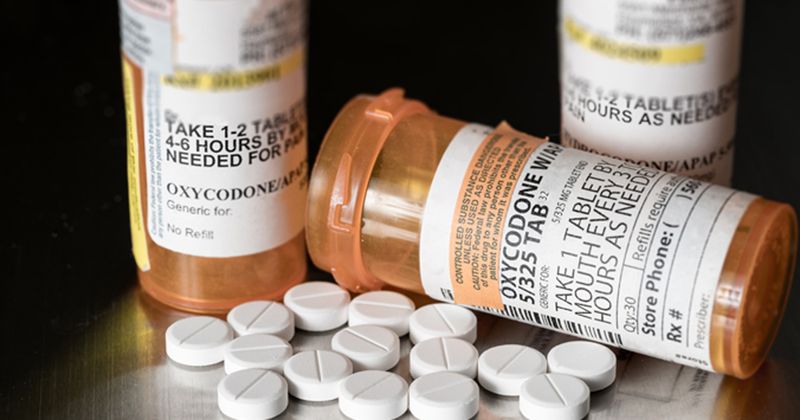Nonopioid pain prescriptions increased after 2016 CDC guidance
Following the release of opioid prescription guidance from the CDC in 2016, nonopioid pain prescriptions increased every year through 2019, researchers wrote in JAMA Network Open.
Jason E. Goldstick, PhD, director of statistics and methods at the University of Michigan Injury Prevention Center, and colleagues evaluated the changes in nonopioid pain medication prescribing, after the 2016 CDC guidance release, to assess the heterogeneity in changes as a function of patient demographic and clinical characteristics.

The 2016 CDC guidance provided evidence-based recommendation for opioid prescribing and use in the treatment of chronic pain among those aged 18 years and older. The guidance, according to Goldstick and colleagues, emphasized that patients with chronic pain should receive care that provides the greatest benefit.
Goldstick and colleagues created seven annual cohorts using claims data from the national Optum Clinformatics Data Mart Database from 2011 through 2018. The cohorts included adults with commercial insurance, no cancer or palliative claims, and 2 years of continuous insurance enrollment.
Each of the cohorts covered a 2-year period, with the first as a baseline used to calculate opioid exposure, and the second as the follow-up period used to calculate prescribing outcomes. A total of 15,879,241 people were included in one or more cohorts (2015 mean age, 50.2 years; 52.3% female).
In the year following the guidance release, logistic regression models showed that nonopioid pain medication prescribing odds were higher by 3% (95% CI, 2.6-3.3%). Odds continued to increase in the second year post-guidance (OR, 8.7%; 95% CI, 8.3-9.2%), as well as the third (OR, 9.7%; 95% CI, 9.2-10.3%).
“These findings suggest that clinicians have been prescribing nonopioid pain medications more frequently since the 2016 guideline was released, and that may mean that they’ve considered opioid therapy only if its expected benefits exceeded the expected risks to the patient,” Goldstick said in a release from the university. “Though many characteristics — such as pain intensity and effectiveness of pain management — are not available in these data, these results may represent an increase in guideline-concordant pain treatment.”
In a related editorial, Stephanie A. Eucker, MD, PhD, an emergency medicine specialist at Duke University School of Medicine, and colleagues said that the claims data analysis conducted could not account for over-the-counter medications, such as anti-inflammatory drugs and acetaminophen.
“Furthermore, although not guideline-recommended, other medication classes —benzodiazepines and topical lidocaine — that are sometimes prescribed for pain were not included in the analysis,” Eucker and colleagues wrote. “Thus, these findings may potentially underrepresent the increase in clinician recommendations for nonopioid pain medications.”
References:
Eucker SA, et al. JAMA Netw Open. 2022;doi:10.1001/jamanetworkopen.2022.16482.
Goldstick JE, et al. JAMA Netw Open. 2022;doi:10.1001/jamanetworkopen.2022.16475.
University of Michigan. Nonopioid pain prescriptions increased after 2016 CDC guideline, study finds. https://labblog.uofmhealth.org/lab-notes/nonopioid-pain-prescriptions-increased-after-2016-cdc-guideline-study-finds. Published: July 15, 2022; Accessed: July 15, 2022.
